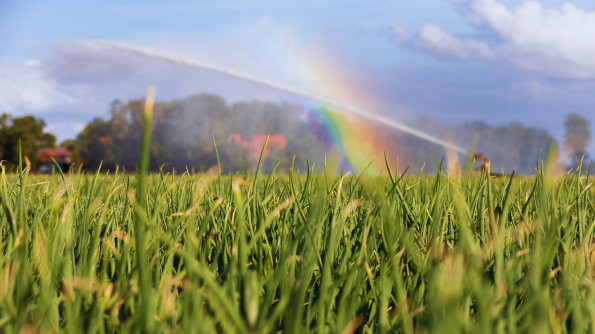to water or not to water
Never before has it been as dry in the Netherlands this century as it was last year. The precipitation deficit in the summer season of 2022 even reached a record of 318 millimeters, twice as much as normal. And that is the third time in five years that there has been too little precipitation in relation to evaporation.
Precipitation deficit
The precipitation deficit is the difference between evaporation and precipitation. If the precipitation deficit is positive, there is more evaporation than precipitation. The highest daily values of over 5 millimeters were measured on June 22 and July 19. In these two months, the sun shone respectively 30 and 43% more hours than normal and there was 39% less rain.
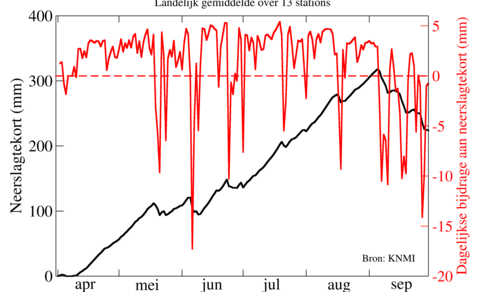
Source: KNMI
What is evaporation?
Evaporation is a physical process. On land, all plants play an important role in this. The roots take water from the soil and the leaves release moisture. Sun and temperature determine how much evaporates. The warmer and sunnier the more water evaporates. The sun supplies energy to the soil and crops. By evaporating water, which takes a lot of energy, the onion plant maintains an acceptable temperature. Important is the supply of water through the root from the ground. But water adhering to the onion leaves also contributes to evaporation (water left over from precipitation or dew). Unlimited evaporation only takes place with optimal moisture supply. If the availability of water decreases, evaporation is limited by the position of the leaves and the closing of the stomata. This stops photosynthesis and therefore also growth.
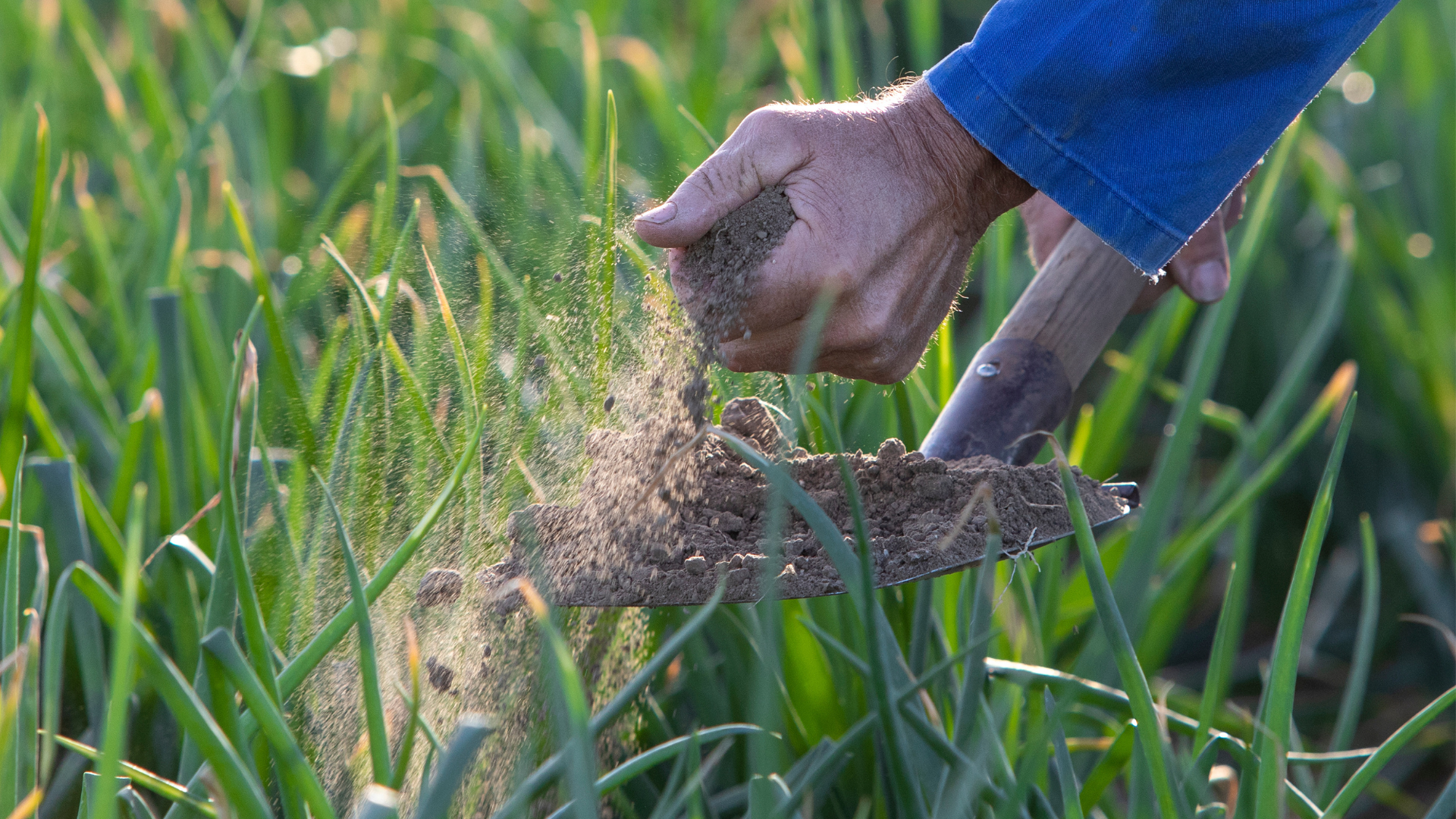
Photosynthesis
Photosynthesis is therefore necessary to allow the onion crop to grow healthily. The photosynthesis process has an optimum temperature. The temperature of the foliage must not rise too high. This is achieved by the evaporation of water from the stomata in the leaf. As long as the stomata are open, CO2 can be absorbed to be converted into carbohydrates and oxygen. But when the water supply becomes scarce, the stomata close. And with the water absorbed by the roots, nutrients such as nitrogen, phosphate and potassium are also transported from the roots to the foliage. That transport goes better through a moist soil than through a dry soil.
Onion temperature
The temperature of the onion crop can sometimes be as much as 4 to 8 degrees – and leaf temperatures sometimes as much as 10 degrees – higher than the air temperature at the official altitude. After five beautiful, sunny days in a row, a plot of onions quickly evaporates 15 mm of moisture. Moisture that evaporates must be supplemented in time, through precipitation or through sprinkling or irrigation, if the onion bulb is to continue to grow healthily.
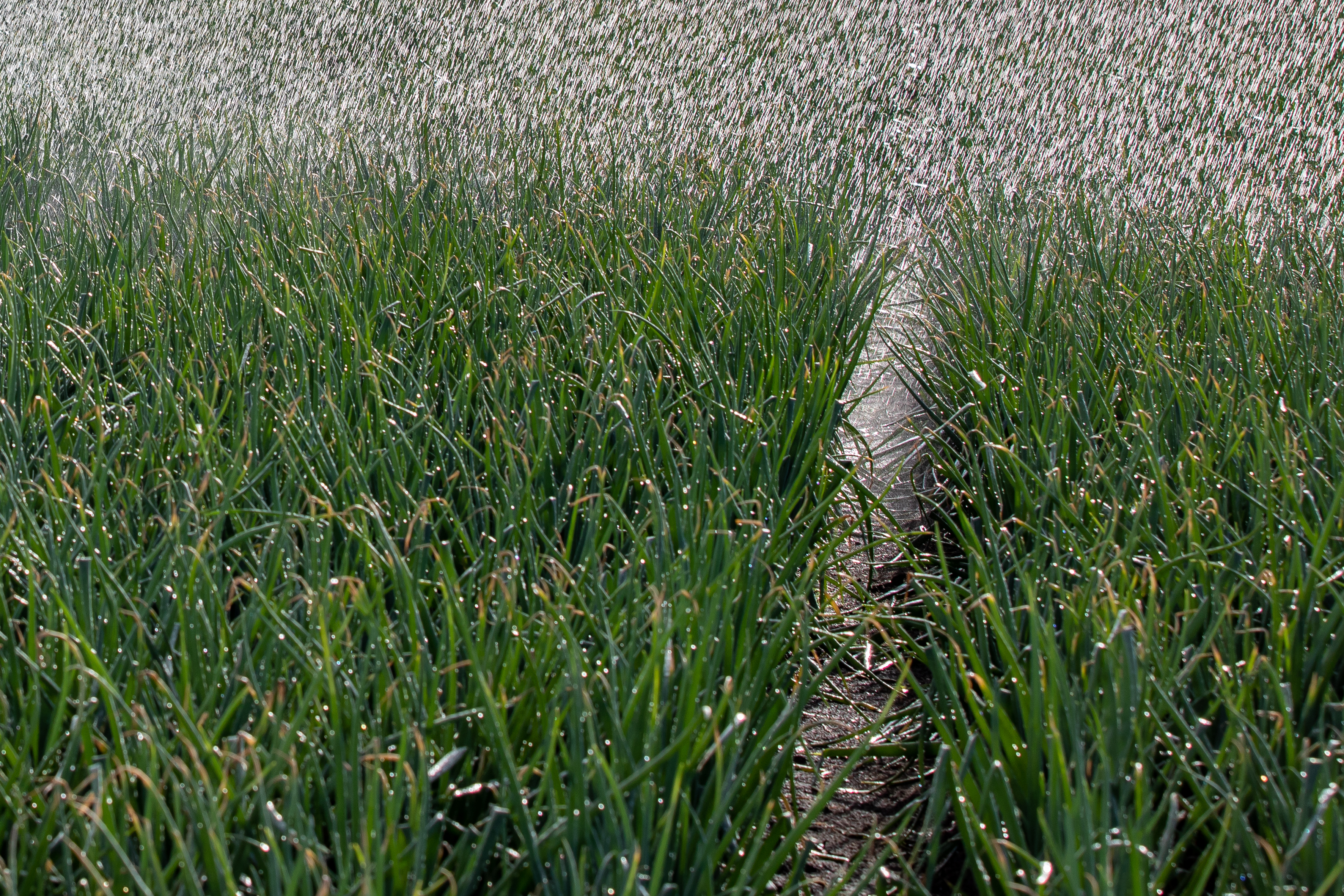
Artificial rain
An experienced onion grower regularly feels the soil and starts irrigating as soon as no more clod formation occurs after compacting the soil. This then disintegrates into almost loose granules. With two millimeters of irrigation per day, the onion crop is able to absorb just as much water in a dry period to maintain the growth of the crop.
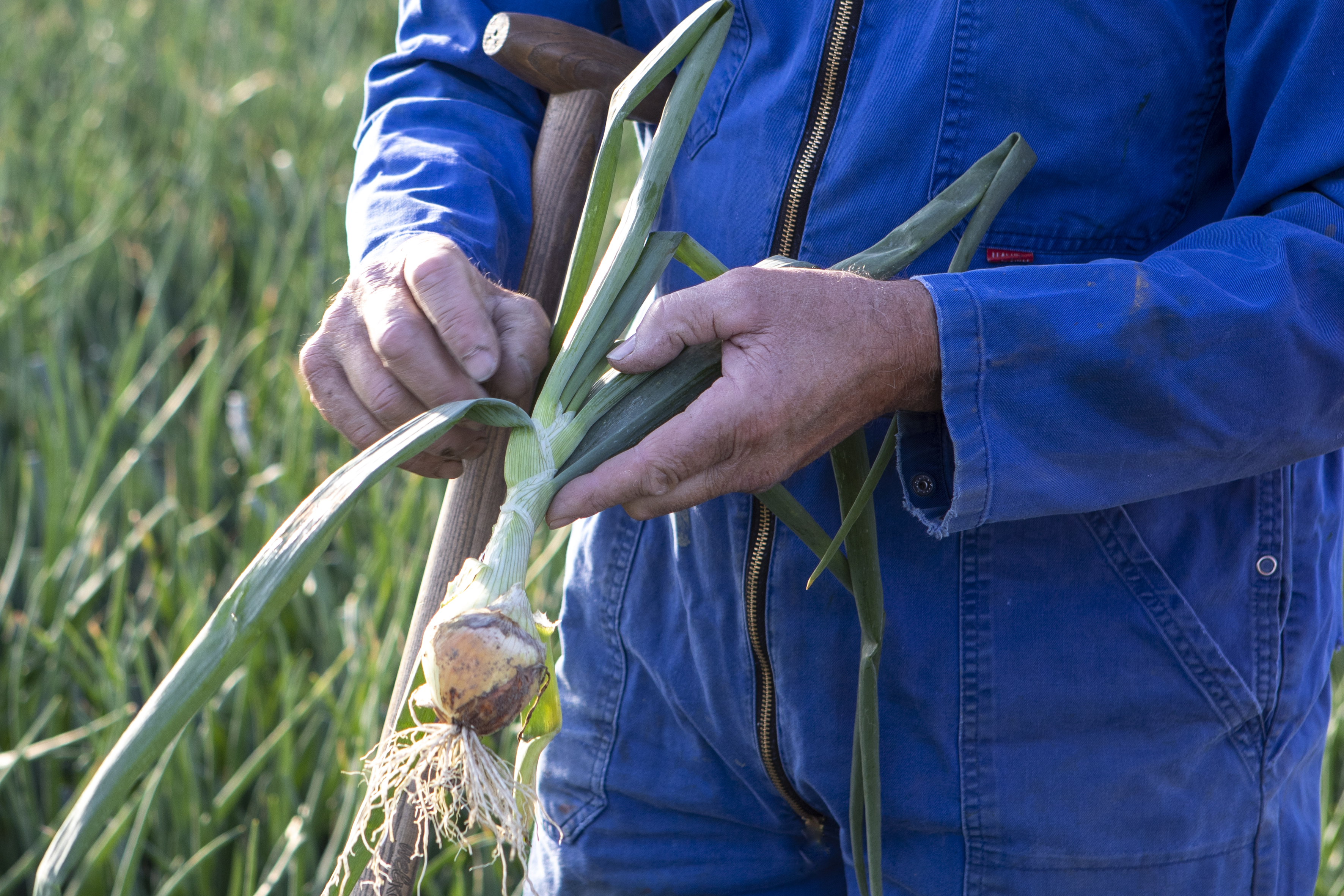
The advance of thrips
Too hot and dry weather not only affects our mood, but also the emergence of pests in crops. A crop that is not provided with water in time is less resistant and therefore more susceptible to pests, such as thrips. Irrigating too late, allows the temperature in the crop to rise too high. This makes it particularly attractive for thrips to settle in the plant.
Sprinkle no misery
However, once the onion crop has started to fall down, no more irrigation is necessary. That then backfires and only brings misery. During this period, the collapsed neck is extra sensitive to the entry of moisture and therefore bacteria and fungi such as neck rot.
